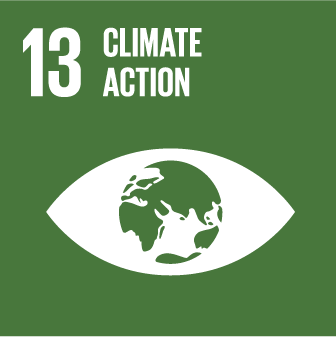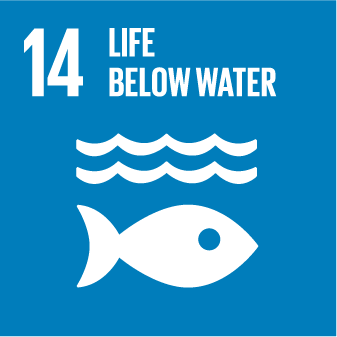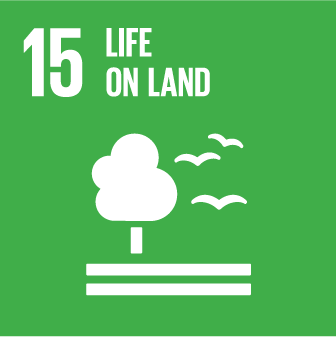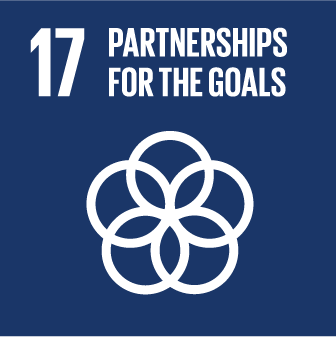What are Sustainable Development Goals?
The Sustainable Development Goals (SDGs), otherwise known as the Global Goals, have been designed to follow up on the Millenium Development Goals (MDGS), which concluded in 2015. They both build on the progress we have made across the range of issues addressed by the MDGs, as well as extending the scope of our responsibilities. There are 17 SDGs, encompassing objectives across social, economic and environmental dimensions of sustainable development. The target date for fulfilment of the goals is 2030. The goals also provide five ‘P’s for sustainable development: people, planet, prosperity, partnership and peace.
The Goals represent a holistic and engaged call to action, to all of us, whoever we are. The Goals will unite us together to make a positive change for both people and planet. Plans and initiatives will need to take place at all levels: at global, regional, national and, especially, local. The Goals stress the need for inclusion of everyone (‘Leaving No One Behind’ is part of the sub-text) and also the urgency of action on all the issues if we are to secure a vibrant future for our planet.
The Goals were formally adopted at the UN Sustainable Development Summit September 25–27, 2015 in New York, USA. They were adopted under the agenda title: TRANSFORMING OUR WORLD: THE 2030 AGENDA FOR SUSTAINABLE DEVELOPMENT.
















